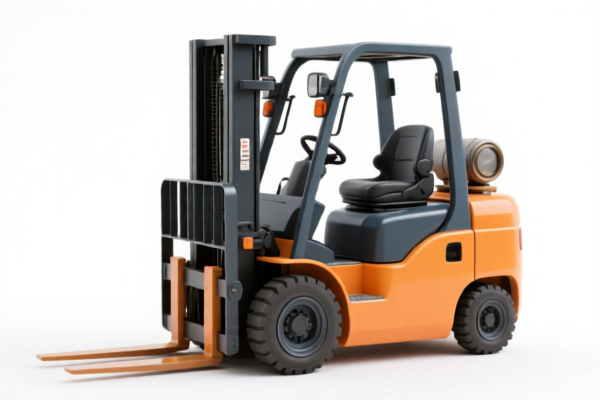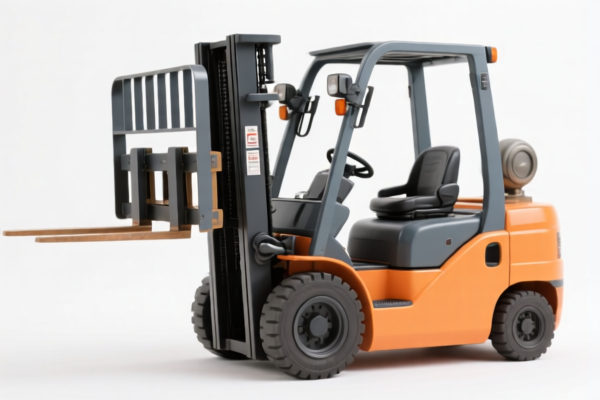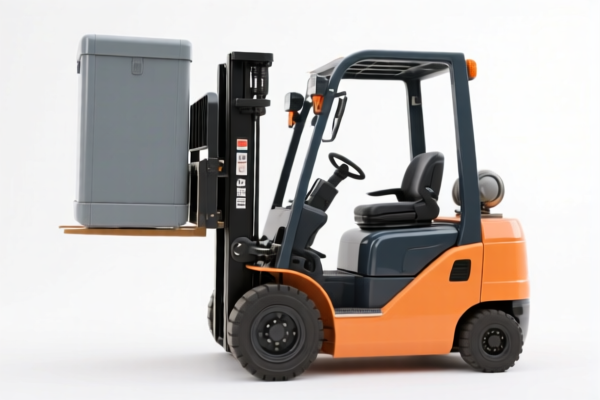| HS Code | Official Doc | Tariff Rate | Origin | Destination | Effective Date |
|---|---|---|---|---|---|
| 8425490000 | Doc | 55.0% | CN | US | 2025-05-12 |
| 8425190000 | Doc | 55.0% | CN | US | 2025-05-12 |
| 8483409000 | Doc | 57.5% | CN | US | 2025-05-12 |
| 8302423010 | Doc | 66.4% | CN | US | 2025-05-12 |
| 8302496035 | Doc | 85.7% | CN | US | 2025-05-12 |
| 8304000000 | Doc | 33.9% | CN | US | 2025-05-12 |
| 7326908605 | Doc | 82.9% | CN | US | 2025-05-12 |
| 7326908676 | Doc | 82.9% | CN | US | 2025-05-12 |
| 7323997000 | Doc | 60.3% | CN | US | 2025-05-12 |
| 7323999080 | Doc | 83.4% | CN | US | 2025-05-12 |
| 9402900020 | Doc | 30.0% | CN | US | 2025-05-12 |




Furniture Lifter
A furniture lifter is a tool designed to assist in the lifting and moving of heavy furniture and appliances, reducing strain and preventing damage to both the item being moved and the floor surface.
Material
Furniture lifters are typically constructed from a combination of materials to provide strength, durability, and ease of use. Common materials include:
- Steel: Used for the lifting levers, base plates, and structural components due to its high strength and load-bearing capacity.
- Rubber: Often incorporated into the lifting pads to provide grip, protect floors from scratches and dents, and dampen vibrations.
- Plastic/Nylon: Used for wheels (in wheeled lifters) and handles for lighter weight and ease of maneuvering.
- Aluminum: Some higher-end models utilize aluminum alloys for reduced weight while maintaining strength.
Purpose
The primary purpose of a furniture lifter is to:
- Reduce Physical Strain: Minimize the effort required to lift and move heavy objects, preventing back injuries and muscle strain.
- Protect Floors: Prevent damage to flooring surfaces such as hardwood, tile, or carpet.
- Facilitate Easier Movement: Allow for controlled and precise maneuvering of furniture in tight spaces.
- Enable Leveling: Some lifters can be used to level furniture for stability or to assist with repairs.
Function
Furniture lifters operate on basic principles of leverage and rolling motion. The typical function involves:
- Lifting: The lifter is positioned under a corner or side of the furniture. A lever or pumping mechanism is used to raise the furniture slightly off the floor.
- Rolling/Sliding: Once lifted, the furniture can be easily rolled or slid across the floor using the lifter's wheels or pads.
- Controlled Descent: A controlled lowering mechanism allows the furniture to be gently placed in its new location.
Usage Scenarios
- Moving: Relocating furniture within a home or to a new residence.
- Rearranging: Changing the layout of rooms.
- Cleaning: Facilitating easier cleaning under and around furniture.
- Repair/Maintenance: Lifting furniture to access areas for repairs or maintenance.
- Leveling: Adjusting furniture height for stability or to accommodate uneven floors.
Common Types
- Roller Lifters: Consist of a set of rollers that are placed under each corner of the furniture. These are ideal for moving furniture across flat surfaces.
- Lever Lifters: Utilize a lever mechanism to lift furniture. These are suitable for heavier items and can be used on various floor types.
- Wheel Dolly Lifters: Combine wheels with a lifting platform, offering both lifting and rolling capabilities.
- Air Lift Lifters: Use air pressure to lift and lower furniture, providing smooth and controlled movement. Often used for appliances.
- Furniture Skates: Similar to roller lifters, but often made of a more durable plastic and designed for heavier loads.
- Combination Lifters: Some models combine features of multiple types, offering versatility for different moving tasks.
Based on the provided information, “furniture lifter” can be classified under the following HS codes:
-
8302423010: This HS code falls under Chapter 83 (Base metal mountings, fittings and similar articles suitable for furniture, doors, staircases, windows, blinds, coachwork, saddlery, trunks, chests, caskets or the like). Specifically, it covers “Other mountings, fittings and similar articles, and parts thereof: Other, suitable for furniture: Of iron or steel, of aluminum or of zinc Pneumatic cylinders for lifting, lowering, dampening or counterbalancing”. This includes pneumatic cylinders used for lifting furniture. The total tax rate is 66.4%.
-
8302496035: Also within Chapter 83, this HS code covers “Other mountings, fittings and similar articles, and parts thereof: Other: Other: Of iron or steel, of aluminum or of zinc Pneumatic cylinders for lifting, lowering, dampening or counterbalancing”. This is a broader category encompassing other furniture-related mountings and fittings, including pneumatic cylinders. The total tax rate is 85.7%.
-
7326908605: This HS code is under Chapter 73 (Other articles of iron or steel). It specifically covers “Other: Other: Other Rods for electrical grounding”. While not a direct match, rods used in the construction of furniture lifters could fall under this category. The total tax rate is 82.9%.
Regarding HS code 8302423010 and 8302496035, please note the need to verify the material composition (steel, aluminum, or zinc) as this impacts the applicable tariff rate. Additionally, the reference material indicates a 25%加征关税 for steel and aluminum products.
Customer Reviews
No reviews yet.